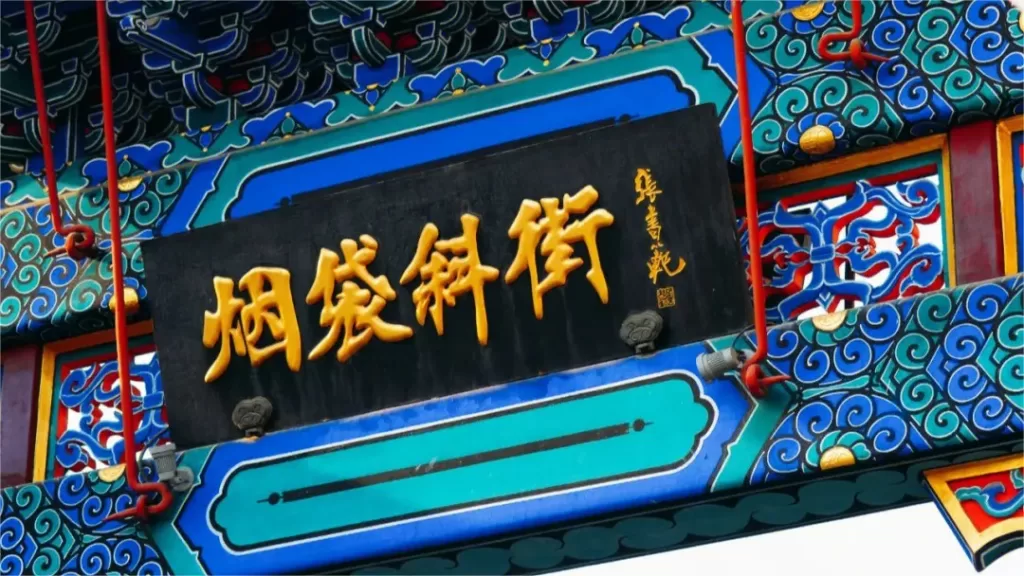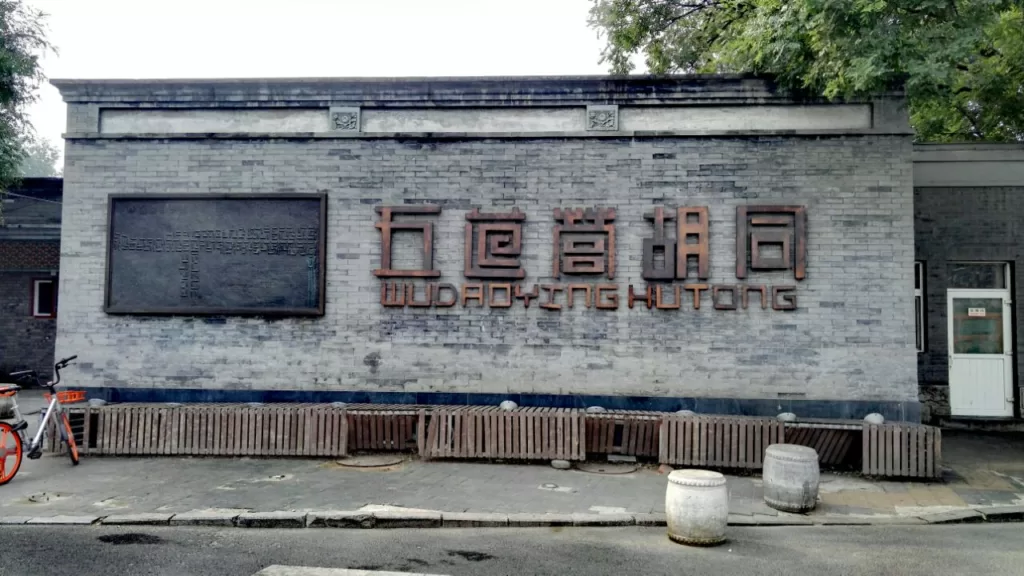Beijing, the capital city of China, boasts a rich tapestry of history and culture, with its Hutongs standing as a testament to its ancient past. Hutongs are traditional narrow alleyways that crisscross the city, forming a labyrinthine network of interconnected lanes. These time-honored residential neighborhoods have witnessed the city’s evolution and continue to retain their cultural significance amidst modernization. With their distinct architecture, vibrant community life, and historical significance, the Hutongs offer an unparalleled glimpse into Beijing’s storied past. This article delves into the essence of Hutongs, exploring their origins, architectural features, cultural heritage, and present-day significance.
Origins and Architectural Features
The origins of Hutongs can be traced back to the Yuan Dynasty (1271-1368) when Beijing was established as the capital. Initially, Hutongs were built around the Forbidden City, serving as residential quarters for aristocrats and high-ranking officials. These narrow alleyways, usually measuring less than ten meters in width, were flanked by traditional courtyard houses known as “Siheyuan.” Siheyuan, characterized by a central courtyard surrounded by rooms on all sides, form the quintessential architectural element of Hutongs. The Hutong layout was designed to emphasize communal living, fostering a strong sense of community among its residents.
Cultural Heritage and Lifestyle
Hutongs are more than just physical spaces; they embody the essence of Beijing’s cultural heritage. Over the centuries, these neighborhoods have witnessed the rise and fall of dynasties, political changes, and social transformations. Within the Hutongs, local traditions, customs, and the “Guanxi” system (a network of social relationships) have been preserved and nurtured. The Hutongs have long been a cradle of traditional arts, crafts, and folk traditions, including calligraphy, paper cutting, and the Beijing Opera. This cultural vibrancy attracts tourists and locals alike, providing an immersive experience into Beijing’s unique heritage.
The Hutongs’ community-centric lifestyle thrives to this day. Neighbors form tight-knit relationships, with residents participating in communal activities such as morning exercises in the courtyards, sharing meals, and playing mahjong. The Hutongs serve as a microcosm of Beijing’s society, where the older generation imparts wisdom and traditions to the younger generation, fostering a sense of continuity and belonging.
Preservation Efforts and Modern Challenges
As Beijing rapidly modernized, many Hutongs fell victim to urban development, making way for high-rise buildings and wider roads. However, recognizing the cultural significance and historical value of the Hutongs, preservation efforts have gained momentum in recent years. The Beijing Municipal Government, in collaboration with heritage organizations and local communities, has undertaken extensive restoration projects to protect and revitalize the Hutongs.
These preservation efforts have included renovating dilapidated Siheyuan, improving infrastructure, and promoting sustainable tourism. Today, numerous Hutongs have been revitalized into vibrant cultural and commercial hubs, with traditional courtyards transformed into teahouses, art galleries, boutique hotels, and restaurants. These spaces allow visitors to experience the Hutongs’ charm while supporting local businesses and artisans.
Despite these preservation efforts, modern challenges persist. Rapid urbanization, population growth, and changing lifestyles have posed threats to the Hutongs’ survival. Maintaining a balance between development and preservation remains a delicate task, as authorities strive to protect the cultural legacy while meeting the demands of a modern city.
Conclusion
The Hutongs of Beijing epitomize the city’s timeless charm and offer a window into its glorious past. These narrow alleyways, with their Siheyuan courtyards and rich community life, encapsulate Beijing’s cultural heritage and provide a fascinating juxtaposition to its modern skyline. Preserving the Hutongs is not only about conserving physical structures but also safeguarding the intangible cultural heritage they represent.
While challenges persist, the ongoing restoration efforts and growing appreciation for the Hutongs signify a promising future. Visitors and residents alike can immerse themselves in the Hutongs’ intricate maze, where they can witness the convergence of history, tradition, and community spirit. Exploring the Hutongs offers a profound connection to Beijing’s heritage, fostering an appreciation for its past and serving as a source of inspiration for the future generations.
In the hustle and bustle of Beijing’s urban landscape, the Hutongs remain steadfast, serving as a living testament to the city’s rich legacy.
Famous Hutongs





